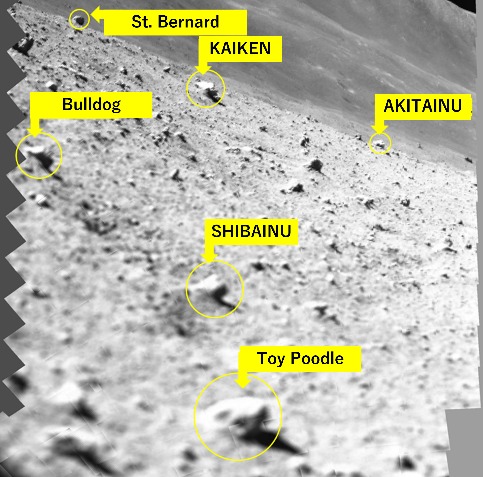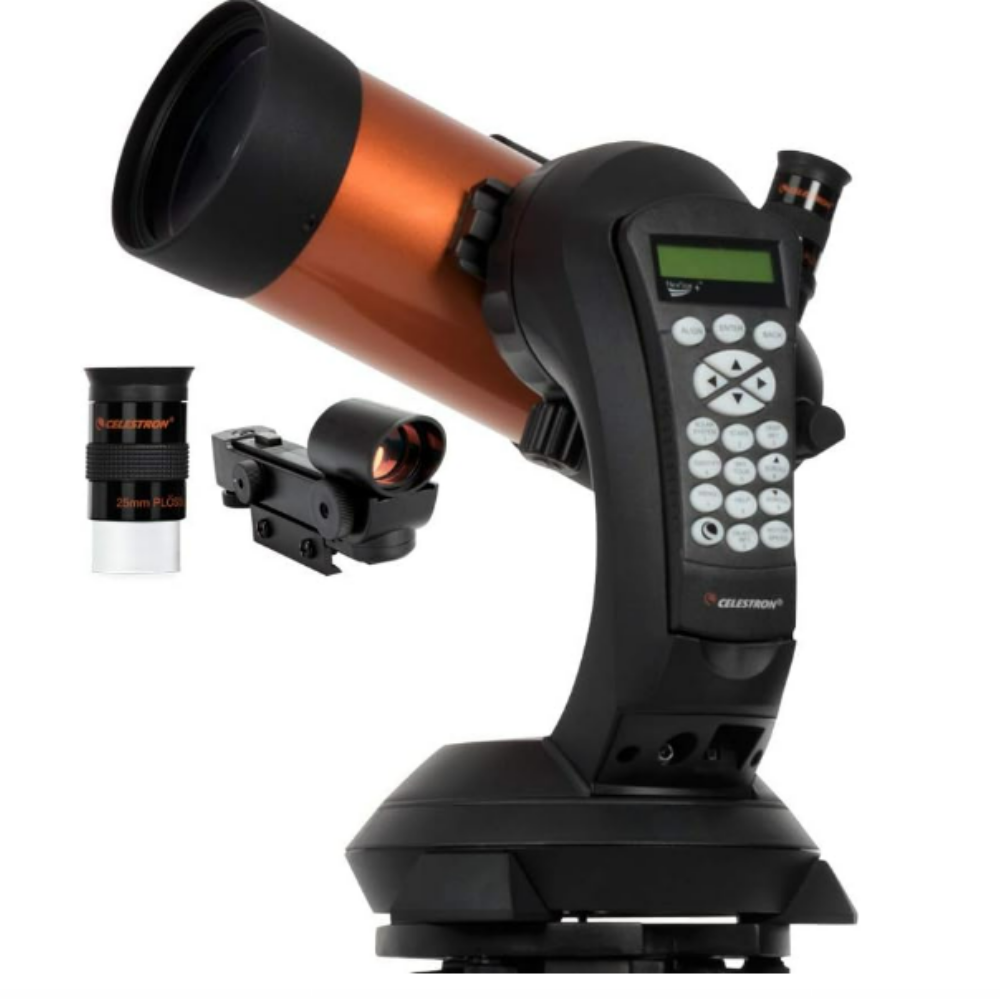The SLIM moon lander, which made Japan’s first moon landing, has awakened on the lunar surface after arriving upside-down. Mission operators with SLIM, also known as the Smart Lander for Investigating Moon mission, made its successful landing on Jan. 19. However, its solar panels were in shadow, causing the lander to fall silent when its batteries ran out. Ten days later, the lander phoned home, and engineers quickly resumed operations.
The lander successfully obtained its first light using the Multi-Band Camera (MBC), which is designed to analyze the light signatures of reflected sunlight to study the composition of olivine on the lunar surface. Olivine is a mineral that could provide insight into early solar system formation. The landing site, Shioli Crater, is filled with old impact rubble within the Mare Nectaris, about 200 miles south of Mare Tranquillitatis, where the first moon astronauts from Apollo 11 touched down in 1969.
SLIM’s recent operations have included taking photos of its landing site and sorting out rocks of interest while assigning a nickname to each of them. The lander also captured a close-up image of a rock and is preparing to conduct 10-band high-resolution spectroscopic observations once the solar illumination conditions improve and SLIM recovers.
Although it is uncertain how long SLIM will continue its observations in its current state, the mission is designed to operate for a single lunar day (two weeks) as long as sunshine is available. Furthermore, the lander’s design is said to be robust enough to potentially survive the cold and dark lunar night before waking up again to conduct additional scientific work.
SLIM encountered an engine failure during its descent, leaving it upside down. It managed to send out two mini-rovers to the moon before its battery level dropped to 12%, causing an automatic shutdown. The rovers, named EV-1 and LEV-2, are operating successfully, with LEV-2 even sending a picture of the tilted SLIM lander. SLIM regained power three days after the full moon.
Japan is now the fifth country to soft-land on the moon, following the successes of the Soviet Union, the United States, China, and India. Another significant moon arrival is expected as NASA plans to conduct its debut moon landing effort from Intuitive Machines on Feb. 14. This mission is part of NASA’s Commercial Lunar Payload Services (CLPS) program, which aims to bring robotic sentinels to the moon to support astronaut missions under the Artemis program.





![Galaxy S25 ‘Slender’ is almost definitely thicker than ‘iPhone 17 Air’ as leak finds 6.4mm design [Gallery] Galaxy S25 ‘Slender’ is almost definitely thicker than ‘iPhone 17 Air’ as leak finds 6.4mm design [Gallery]](https://9to5google.com/wp-content/uploads/sites/4/2025/01/galaxy-s25-slim-4.jpg?quality=82&strip=all&w=1600)








